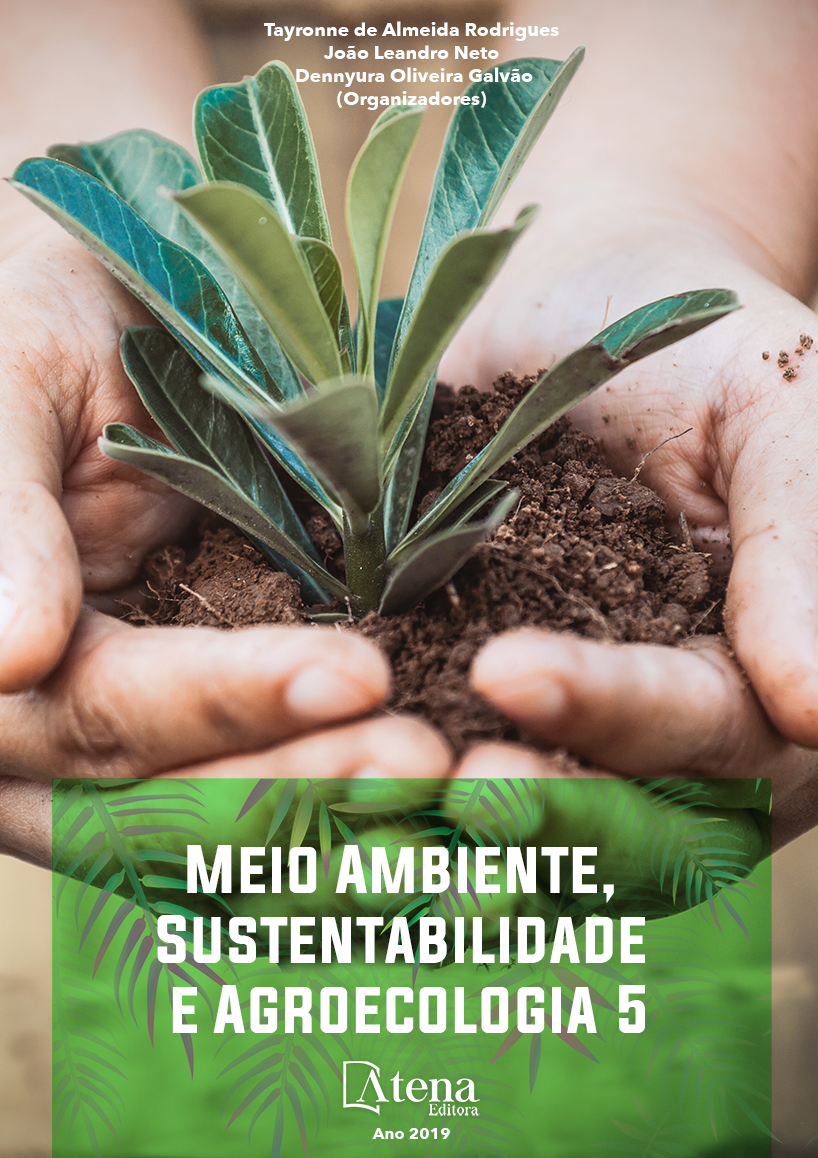
OCORRÊNCIA DE INSETOS NOCIVOS, INIMIGOS NATURAIS E AVALIAÇÃO DO NÍVEL DE DOENÇAS EM SISTEMA ROÇA SEM QUEIMAR DE PRODUÇÃO DE CACAU
A cacauicultura é considerada
a principal cultura perene estabelecida no
sudoeste do estado do Pará. Medicilândia é
o município maior produtor de amêndoas de
cacau do Brasil. A cultura apresenta um sistema
de produção com reconhecida sustentabilidade
econômica social e ambiental por estar inserida
em Sistemas Agroflorestais. É nesse município
que foi desenvolvido o projeto “Roça Sem
Queimar: sistematização e análise dos aspectos
produtivos, ecológicos e socioeconômicos”. O
objetivo do trabalho foi realizar um levantamento
de insetos nocivos, inimigos naturais e níveis
de doenças em roças sem fogo e tradicionais.
Foram realizados levantamentos de campo
em dois períodos diferentes do ano e três
extratos de idades das roças. Entre as pragas,
destaque para o percevejo monalonium. Em
relação aos inimigos naturais, foi identificado
o bicho lixeiro, a formiga vermelha e um fungo
entomopatogênico. O nível de vassoura de bruxa
foi menor no sistema sem fogo comparado ao
tradicional, principalmente nos extratos acima
de seis anos. Esses resultados reafirmam a
importância agroecológica da roça sem fogo na
manutenção de biocontroladores
OCORRÊNCIA DE INSETOS NOCIVOS, INIMIGOS NATURAIS E AVALIAÇÃO DO NÍVEL DE DOENÇAS EM SISTEMA ROÇA SEM QUEIMAR DE PRODUÇÃO DE CACAU
-
DOI: 10.22533/at.ed.31619160425
-
Palavras-chave: Teobromae cacau, biocontrole, manejo de praga, manejo de doença e agroecologia.
-
Keywords: Teobromae cacau, biocontrol, pest management, disease management and agroecology.
-
Abstract:
Cacao farming is considered
the main perennial crop established in the
southwestern state of Pará. Medicilândia is
the largest producer of cocoa beans in Brazil.
The culture presents a system of production
with recognized social and environmental
economic sustainability because it is inserted in
Agroforestry Systems. It is in this municipality
that the project “Roça Sem Queimar:
systematization and analysis of the productive,
ecological and socioeconomic aspects” was
Meio Ambiente, Sustentabilidade e Agroecologia 5 Capítulo 25 218
developed. The objective of this work was to survey harmful insects, natural enemies
and disease levels in traditional and non-fire farms. Field surveys were carried out in
two different periods of the year and three extracts of roças ages. Among the pests,
highlight the monalonium bug. In relation to the natural enemies, the bug was identified,
the red ant and an entomopathogenic fungus. The level of witch’s broom was lower in
the system without fire compared to the traditional one, especially in the extracts over
six years. These results reaffirm the agroecological importance of non-fire plantations
in the maintenance of bio-controllers
-
Número de páginas: 15
- PEDRO CELESTINO FILHO
- SEBASTIÃO GERALDO AUGUSTO
- Miguel Alves Júnior


